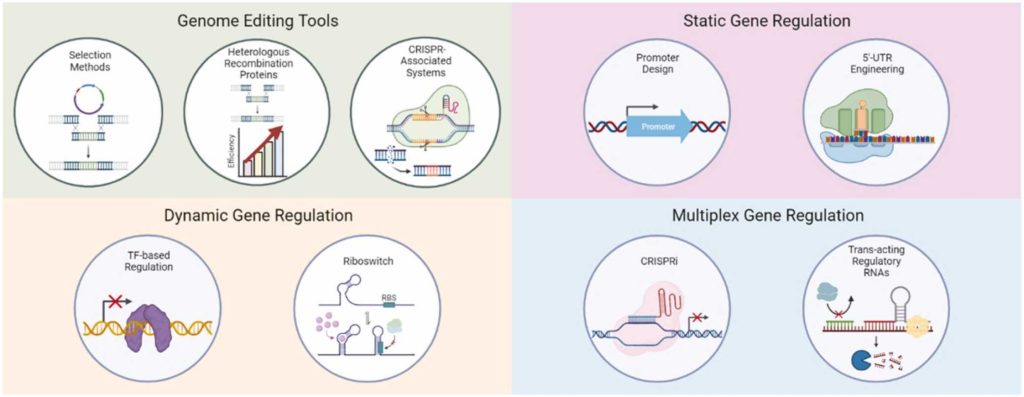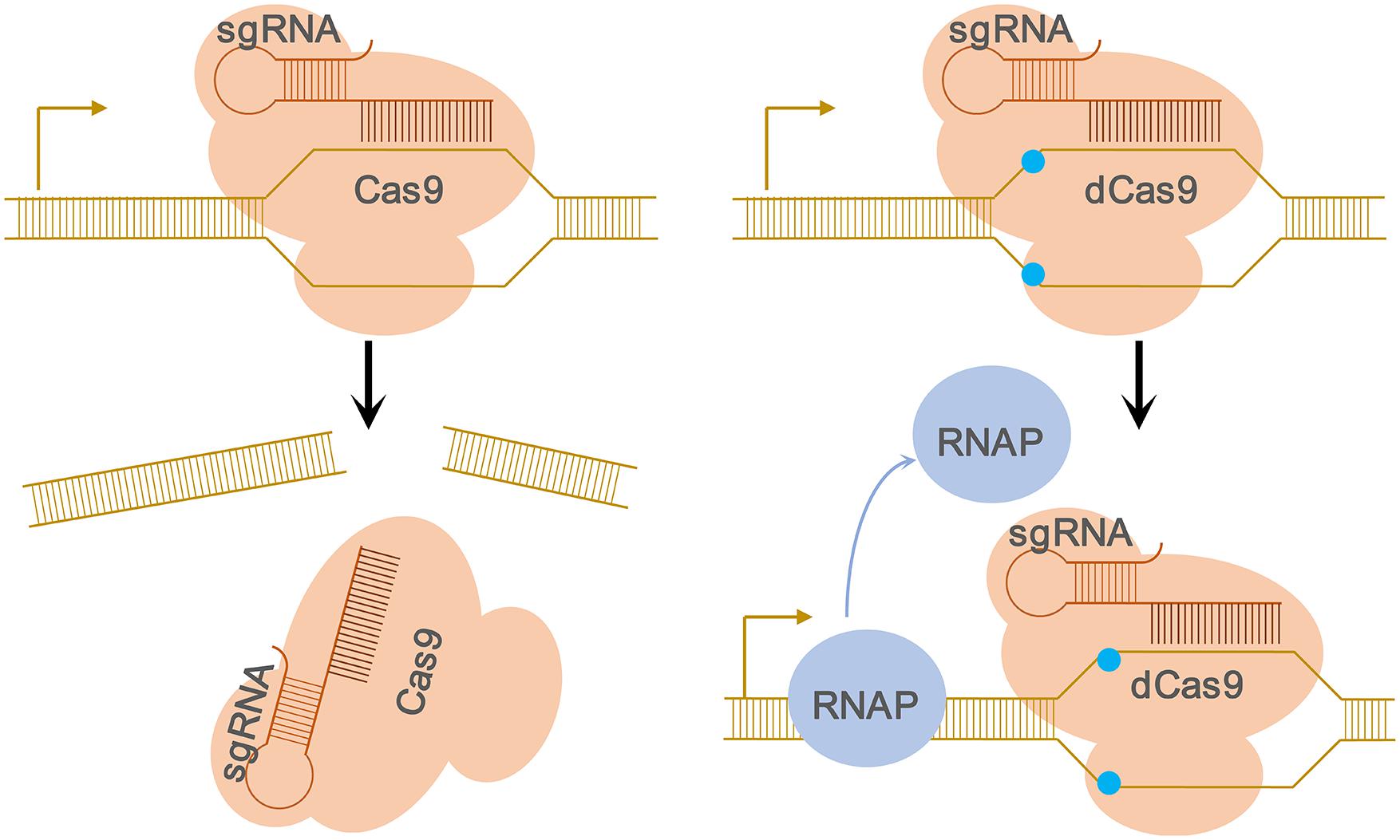In recent years, the field of synthetic biology has seen substantial growth, revolutionizing our understanding of the natural world and offering an array of applications across various industries, notably in health and agriculture. The United States, among other countries, has dramatically invested in research and development in the field.
Understanding Genome Editing and CRISPR-Cas9
Genome editing, a paradigm-shifting branch of molecular biology, allows scientists to modify the DNA sequence of living cells. Among the range of genome-editing technologies available, the CRISPR-Cas9 system has gained widespread renown due to its efficiency and simplicity. This system, which has enabled an unprecedented level of control over genetic information, can introduce desired DNA sequences into the genome of diverse living organisms, including plants and animals.
Delving Deeper: Genome Editing Technologies
The process of genome editing typically involves precise, targeted changes to the DNA sequence within a cell. These changes can be insertions, deletions, or substitutions of specific DNA sequences. The CRISPR-Cas9 system, commonly used in genetic engineering, has revolutionized our ability to make these alterations with an unparalleled level of precision.
Key Topics in the Space of Genomic Research
Notably, the field of synthetic biology extends beyond basic genome editing. It explores areas such as synthetic genomics, gene synthesis, and biofabrication. In synthetic genomics, scientists can build entire synthetic genomes from scratch, moving beyond just editing existing DNA sequences to create new ones.
What Sets Synthetic Biology Apart?
Synthetic genomics: A Concise Overview
At the heart of synthetic genomics is the manipulation of the fundamental components of life – DNA and genes. Here, gene synthesis is crucial. The creation of novel DNA sequences, achieved through DNA synthesis, allows scientists to design and build entirely new forms of life. This process takes us from the realm of mere modification into the creation of entirely synthetic organisms. As put by one scientist, “we are entering a new era of synthetic biology.”
Bioengineering in Synthetic Biology
Bioengineering is an essential sub-discipline within synthetic biology that leverages the concepts of biology and engineering to develop new biological processes and systems. Biomolecular design, protein engineering, and directed evolution are core aspects of bioengineering, allowing the creation of unique biological systems. They are essential tools in the realm of synthetic genomics, genetic networks, genetic programming, and more.
Examining the History and Perspectives of Synthetic Biology
An Evolutionary Perspective of Synthetic Biology
From an evolutionary viewpoint, synthetic biology marks the advent of a new trajectory in the history of life. It has opened up entirely new possibilities and applications that were unthinkable just a few decades ago. By designing and re-engineering biological systems, we now have the power to control the natural world as never before.
Categorizing Synthetic Biology: Four Key Approaches
The Top-down Approach
The top-down approach in synthetic biology involves taking an existing living organism and then systematically simplifying or altering it, with an aim to understand and change the functionality of whole systems at the molecular level.
Insights into the Bottom-up Approach
Contrary to the top-down approach, the bottom-up view of synthetic biology entails building up complex systems from simpler components, typically starting with individual genes or proteins.
The Parallel Approach Explained
The parallel approach borrows principles from both the top-down and bottom-up methods. This way, it aims to engineer systems or organisms that can operate in parallel to natural ones, without interfering with their processes.
A Deeper Look at the Orthogonal Approach
The orthogonal approach to synthetic biology involves integrating synthetic and biological systems in a way that they can coexist without interfering with each other’s operations.

Enabling Technologies in Synthetic Biology
The Role of DNA and Gene Synthesis
The ability to synthesize DNA and genes is fundamental to synthetic biology. It allows scientists to create, test and refine new genetic sequences, providing the raw material for designing and assaying the novel biological systems.
The Relevance of Sequencing
Sequencing unearths the genetic information encoded within an organism. It significantly impacts synthetic biology by helping to validate the success of gene synthesis and genome editing efforts, among its many other applications.
Applications of Synthetic Biology
Biosensors and Synthetic Biology
In the health sector, synthetic biology offers potential applications in the development of biosensors that can reliably detect different disorders. Biosensors, combining molecular biology and bioengineering, are reliable, precise, and have significant potential for point-of-care (POC) diagnostics.
Synthesizing Life: Biofabrication and Synthetic Biology
Biofabrication is another fascinating application of synthetic biology. It refers to the production of complex living and non-living biological products from raw materials such as living cells, molecules, and biomaterials. In the future, biofabrication could revolutionize medicine and materials science.
Navigating the Ethical Landscape of Synthetic Biology
The Creation of Life: Navigating Ethics
As with any powerful technology, synthetic biology is also steeped in ethical considerations. Concerns include biosecurity, biosafety, and the moral and ethical implications of creating new life forms.
Vital Considerations for Health and Safety in Synthetic Biology
As we move forward, it is critical to circumscribe the application of synthetic biology within a framework of stringent health and safety considerations. By doing so, we can harness the immense potential of this new science while ensuring a safe and ethically responsible practice.











+ There are no comments
Add yours